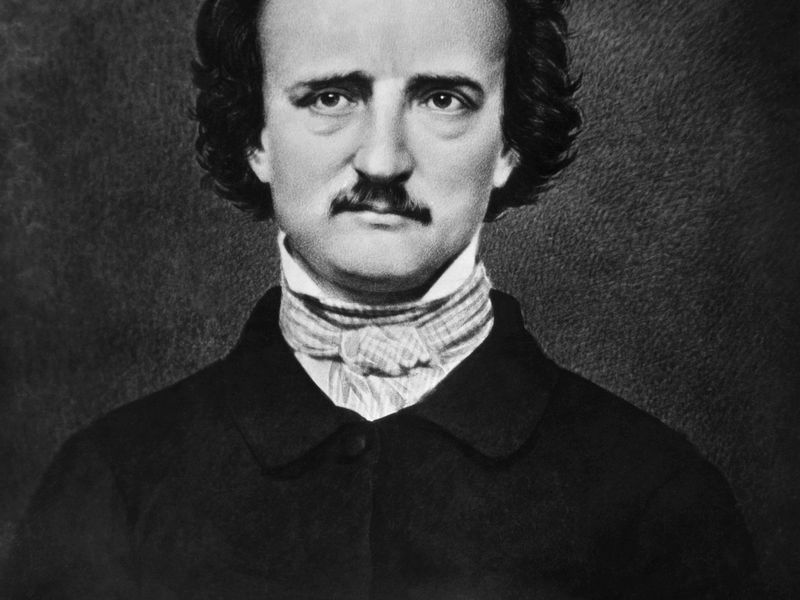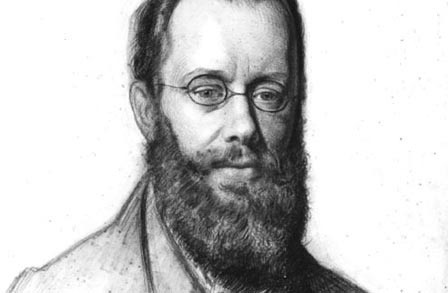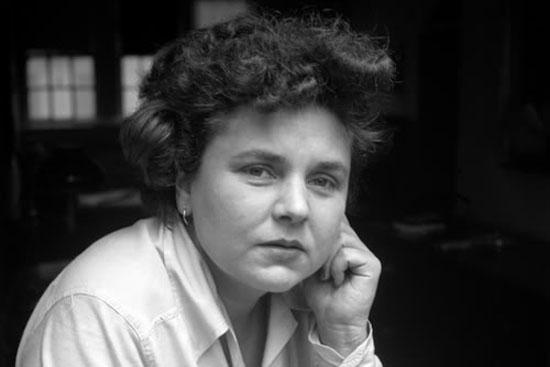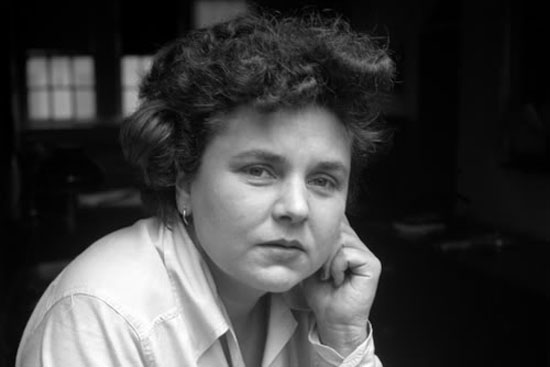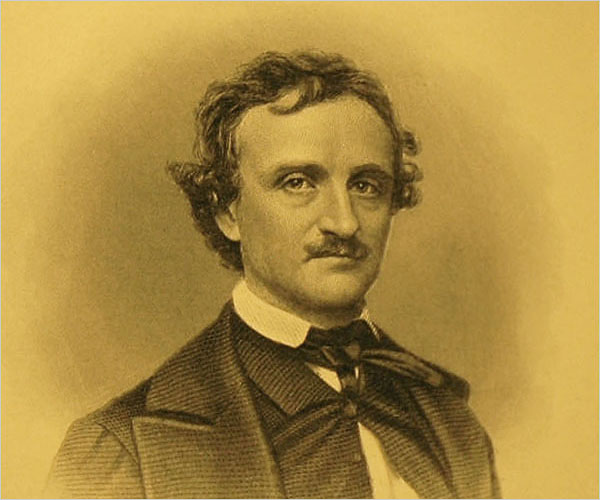Emma Lazarus climbed the social ladder through her father’s acquaintances when she was young but the praise and appreciation she received for her literary work in later years were entirely for her own self-determination and efforts. Her regular correspondents included many famous artists and intellectual figures and their letters to her were full of genuine appreciation. They also valued her perception in prose and poetry and regarded all her criticisms with great respect. By the year 1882, over fifty of her poem and translations had been printed and published in mainstream magazines and weeklies. Emma’s work closely resembled Heine’s work who was a German Jewish poet and she often translated his work to English and gained many accolades for it. They were intimate friends and like him, her work too ranged from the romantic to the deeply satirical or political. Like many male scholars and her contemporaries, she also was of the opinion that art could be appreciated for art’s sake but poetry too had an important duty towards inspiring social justice.
The poem The New Colossus is a fourteen-lined Petrarchan sonnet which follows the standard iambic pentameter to create a rhyme scheme of ABBAABBA in the octet and CDCDCD in the sestet. where the first half is dedicated to the physical descriptions of the statue of liberty and this the poet accomplishes by comparing it with another immemorial effigy, the Colossus of Apollo at Rhodes. The vivid description in the very first line helps us understand the differences in ideals behind the creation of the two statues; “Not like the brazen giant of Greek fame”. This use of simile establishes the fact that the statue was not built as a call for fame and power on behalf of America from the world. In the fourth line of the first stanza, the poet draws attention to the main idea of the poem by using the thunder and lightning of Zeus as a metaphor for both power and light; “Whose frame is the imprisoned lightning”.
The poem is rife with the use of intelligent imageries and personifications as the poet hopes to move her readers and appeal to their sentiments for the sake of the immigrants. She portrays them as destitute and helpless souls seeking help and empathy from those who are in a position to help. The words, “huddled masses yearning to breathe free” paint a pitiful picture of the masses arriving in large groups or crowds at the shores of America. In the last paragraph, the statue of Liberty itself transforms into the figure of a Mother and embodies the spirit of humanity. The great stone effigy is brought to life with the words, “Cries she with her silent lips”.
Various critics have said that the use of literary devices like alliteration, enjambments and metaphors have created a poem that is at once beautiful and intellectual. The brilliant use of these devices has ensured that the ideas are tactfully projected to create a deep impact upon the minds of the masses.
Themes
The New Colossus as a poem inspires many sentiments and various thoughts and opinions on the grave matter of immigration and relocation. People never really wish to leave their roots behind. They maybe enamored by all the beauties of the world but they shall always seek to go back to their own homes. War, destruction, poverty and lack of resources have compelled millions to find shelter and opportunities for a better life elsewhere. This line of thought becomes the major theme of the poem as it skillfully delivers the message of freedom and hospitality to the people of the nation. The poet lends her voice to the masses as they welcome new citizens regardless of their wealth and statuses in life.
Another important theme of the poem is the general suffering of humanity at the hands of a few powerful people who play with the lives of the poor masses and treat them like disposable things. The casualties of war and politics do not only include the dead, but majorly they also include the crippled and the devastated that have lost their lands and homes because of the war. It is to those masses that the poet addresses as she symbolizes the Statue of Liberty as an eternal bearer of light, wisdom, power and empathy.
Character Sketch
The two main characters that loom into context in the poem are the characters personified by the ancient Colossus of Rhodes and the new Colossus of Liberty. These two statues bring into conflict various contradictory viewpoints, where one inspires awe and the other inspires hope. The old and the new clash as ancient fables of unbridled power and glory ceases to have any importance and the new civilization hopes to see the light of justice through equality and enlightenment. These two characters gain more prominence as the poem develops with the poet’s descriptions. On the one hand, the ‘Mother of all exiles’ is painted in the light of feminine poise with great matriarchal strength and a beckoning call for all who seek solace in her arms. On the other hand the ancient statue of Apollo commands feudal power and inspires a sense of victory among its beholders.
Conclusion
The leaders of the nation had a difficult time deciphering the right message for the statue as it was a gift from France. The original intent was to install it under the pretext of guidance and wisdom for the masses as the statue holds up a torch in her right hand while cradling a book in her other hand. The poet intercepted a new meaning and the idea of the promise of freedom was the brainchild of the poet herself. She being an American Jew herself and having seen the struggles of a prejudiced society was determined to motivate the nation into welcoming the dejected and the poor. The poem was the beginning of all the ideals that the country of America represents.
Some online learning platforms provide certifications, while others are designed to simply grow your skills in your personal and professional life. Including Masterclass and Coursera, here are our recommendations for the best online learning platforms you can sign up for today.
The 7 Best Online Learning Platforms of 2022
- Best Overall: Coursera
- Best for Niche Topics: Udemy
- Best for Creative Fields: Skillshare
- Best for Celebrity Lessons: MasterClass
- Best for STEM: EdX
- Best for Career Building: Udacity
- Best for Data Learning: Pluralsight




